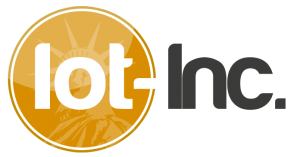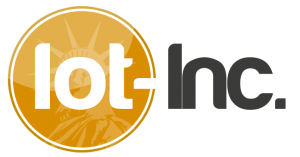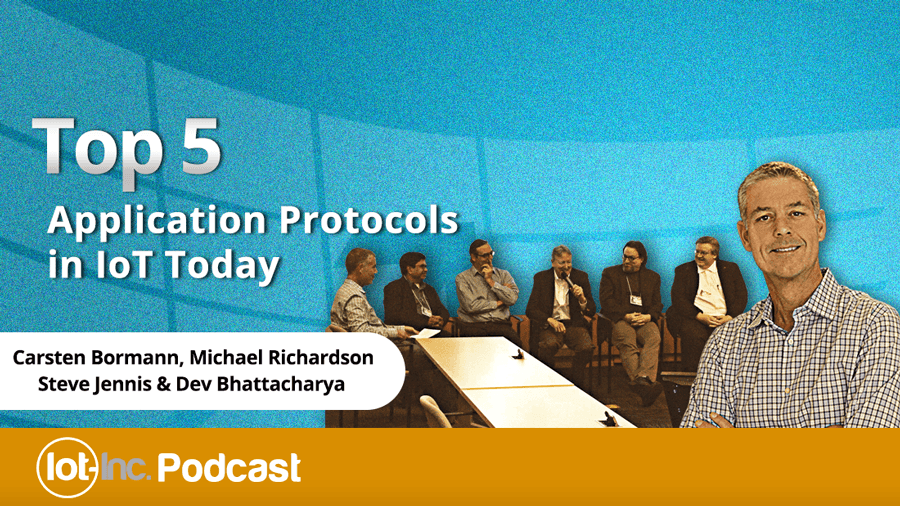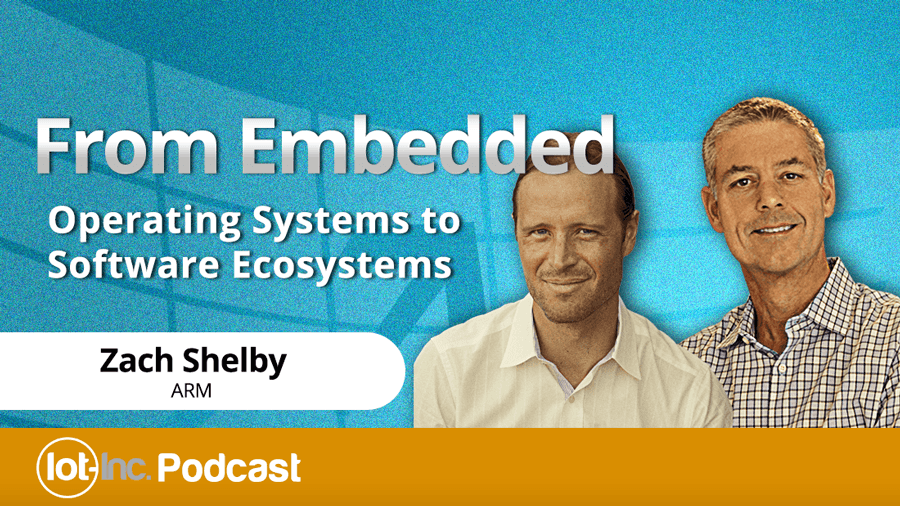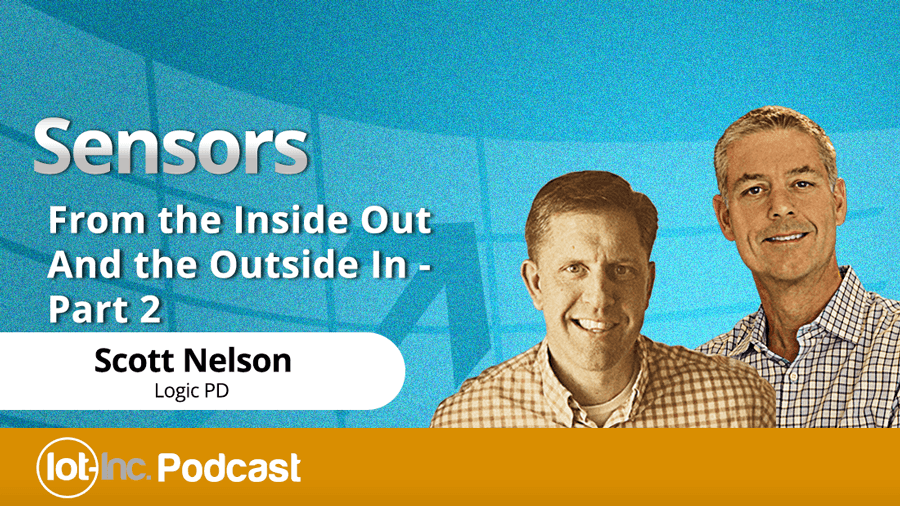27 Oct IoT and the Olympics – How Wearables are a Game Changer
Analyzing athlete data has been performed in high-level sports for years but it’s only recently that wearables and IoT could be realistically used to deliver useful information to athletes and coaches alike.
Watch this video (or read this transcript) to see Mounir Zok discuss how today’s wearables combined with state of the art Internet of Things technologies are advancing sport ...
